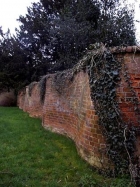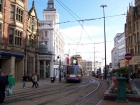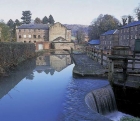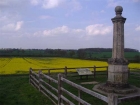Visits
‘Every holiday, trip to the adjacent town, country walk is a learning experience’ – or at least it could be. Have a read of the articles in our visits section, these articles are from our publications and explore the history of particular areas and how particular sites can be put into historical frameworks and interpreted. The articles form ‘my favourite place’ – a regular feature in the historian can open up places as you reflect on how the simplest place can become a site for affection and reflection once you know something about it. Additionally they just make you want to get out and explore the world around you – trip to Magdeburg or Swansea Castle anyone?
-

Out and about looking at Crinkle Crankle Walls
ArticleClick to view -

Out and about in Sheffield
ArticleClick to view -

Out and about in Coventry
ArticleClick to view -

Out and about in D.H. Lawrence country
ArticleClick to view -

Out and About near Cromford in Derbyshire
ArticleClick to view -

Out and about in Holderness
ArticleClick to view -

Presenting Naseby
ArticleClick to view -

Exploring the Cornish Religious Landscape
ArticleClick to view -

Out and about in Nottingham
ArticleClick to view -

Twickenham as a Patriotic Town
ArticleClick to view -

Cheshire Country Houses
ArticleClick to view -

Jerome K Jerome and other travellers in the Thames Valley
ArticleClick to view -

Flowers Block the Sun
ArticleClick to view -

Dickens' Kent
ArticleClick to view -

Novelty and Amusement? Visiting the Georgian Country House
ArticleClick to view -

From Ashes to Icon
ArticleClick to view -

Durham
ArticleClick to view -

Cambridge
ArticleClick to view -

The National Tramway Museum and its Archives
ArticleClick to view

